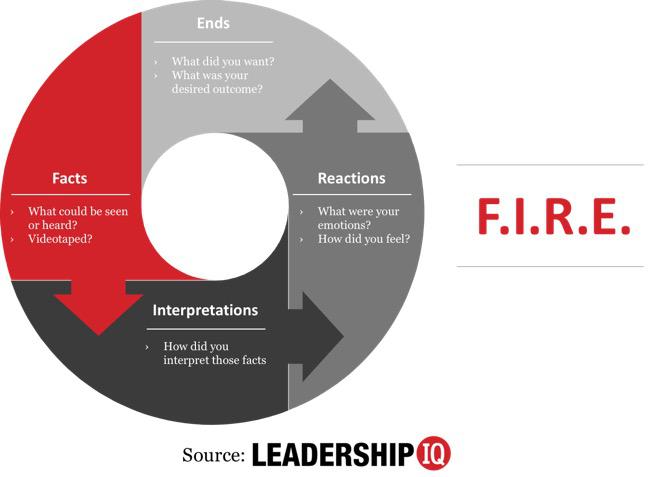The practice of change management
The practice of change management is often touted as the ‘people-focused’ portion of technical implementations. This is indeed true as the focus of the practice is on shifting employee behaviors from old ways of working to new ways of working for success in the future state. There are many change management and transition models that exist, but they essentially have similar approaches and tactical activities for effective execution. When I say ‘tactical’ elements of change management, I’m referring to very commonly pursued activities during implementation, including:
- Stakeholder identification and engagement
- Strategic communications
- Role-based approaches to training
- Development, coaching, and execution of a tiered change network
- Metrics measurement through role-based maturity models
- Post go-live support planning and reinforcement activities
But why do these activities work so well and what really drives the tactical activities to be effective when change management is invested in and executed in a structured manner? Research shows a structured approach to change management is well worth the investment. Prosci does a great job of this, but let’s take a look at some principles based on science that drive human behavior change and make those tactical change management activities worthwhile.
Rewiring our brains: The basics of habit
You can find a quick answer to how long it takes to break and build a new habit anywhere on the internet. The interesting thing is how inaccurate some of this information is. Let’s start with what a habit really is. A 2012 study published in the British Journal of General Practice defines habits as “actions that are triggered automatically in response to contextual cues that have been associated with [their] performance.” Essentially, a habit is a behavior a person does in a regular and repeated way, and they are often difficult to break because of the changes that take place in our brains when we start them.
So how long does it take to break an old habit and pick up a new one? The answer is actually quite variable. This is something individuals do not have conscious control over. They can consciously act differently, but the rate at which those thought patterns become automatic is different from person to person.
Phillippa Lally is a health psychology researcher based at University College London. She and her team published a study in the European Journal of Social Psychology, discovering that on average, it takes more than 2 months before a new behavior becomes automatic (specifically, 66 days). In Lally’s study, it took anywhere from 18 days to 254 days for people to form a new habit based on variances in behavior. This information, highly contradicts the standard ‘21 days’ that is popularized, and is key to understanding when we think about how change management is executed and how post go-live support is designed, particularly the longevity of it.
Aligning to purpose: Avoiding cognitive dissonance
The concept of cognitive dissonance exists in our daily lives. A common example of this is when people who are dieting cheat. How do they feel when they cheat? Not so great. The goals they are trying to achieve with their new diet are directly contradicting their cheating behavior. They may feel emotions such as shame, guilt, and/or sadness to name a few. With this example in mind, cognitive dissonance can be formally defined as the perception of contradictory information. This information includes a person’s actions, feelings, ideas, beliefs, values, and things in the environment. Cognitive dissonance is typically experienced as psychological stress when a person participates in an action that goes against one or more of those things.
So what does this have to do with change management? Well, organizations want to do their best to reduce feelings of cognitive dissonance during times of change and transition. We want to make sure we are asking employees to transition behavior and that behavior aligns to the overall value and culture of the organization. For many individuals, expressing the change’s alignment to these facets as well as expressing the benefits of the transition will be enough for them to take action. For others resisting the change, it is important to have 1:1 conversations to understand why they are feeling any dissonance and learn how to help them and support them through the process of transition.
The significance of memory: The FIRE framework
The FIRE framework is often used as a method to handle feedback. It stands for Facts, Interpretations, Reactions, and Ends. This framework describes the cognitive process an individual goes through when they are confronted with new stimuli (in this case, a fact, or new information). The power of model is helping organizations realize that each individual employee goes through this subconscious thought process when asked to change. Everybody is given a fact, or new information, about the change. They then interpret the fact, and they do this in different ways. Why? Because we all use our past experiences as a lens to predict the outcomes of the future. This is a survival principle from psychology, which explains why some people have very positive reactions to transitions whereas others do not. It’s important to understand that change happens at the individual level before an organization can successfully say they have holistically accomplished change.

The tactical is driven by science
By understanding the true science behind habit, how cognitive dissonance impacts employees, and utilizing the FIRE framework to empathize with employees and meet them where they’re at, you have the scientific knowledge and understanding to kickstart your structured change management approach. Change management is truly rooted in behavioral science, and by understanding these key principles, buy-in can be created with key project stakeholders to execute on the tactical change management activities that are required for project long-term success.
Check out Zennify’s Change Management Offering, which highlights education in behavioral science to achieve your highest adoption and engagement rates yet.




